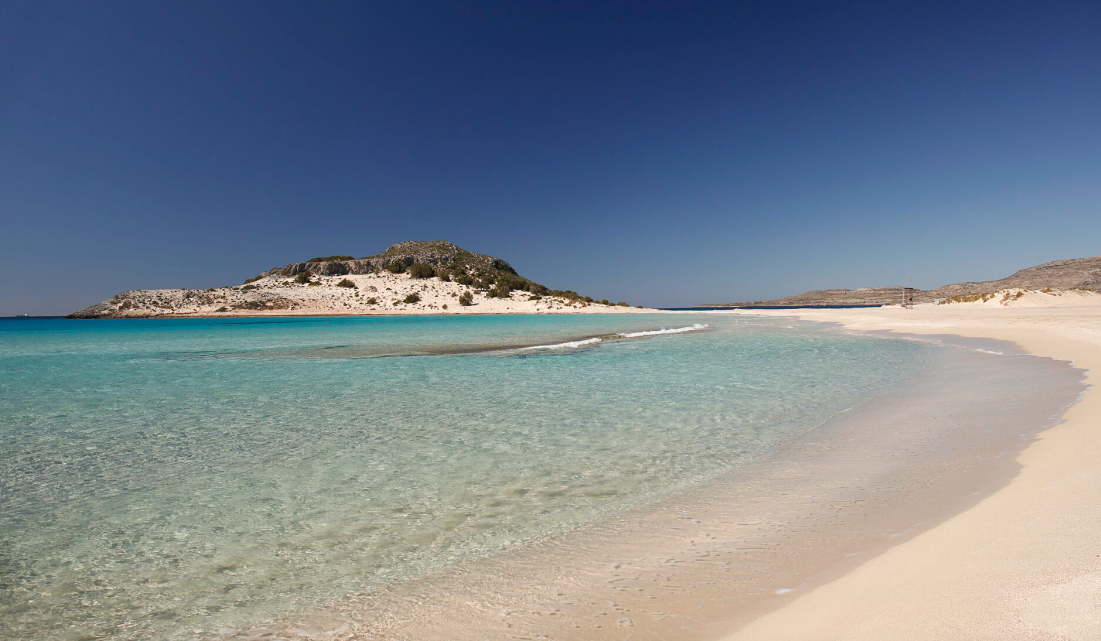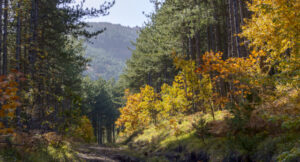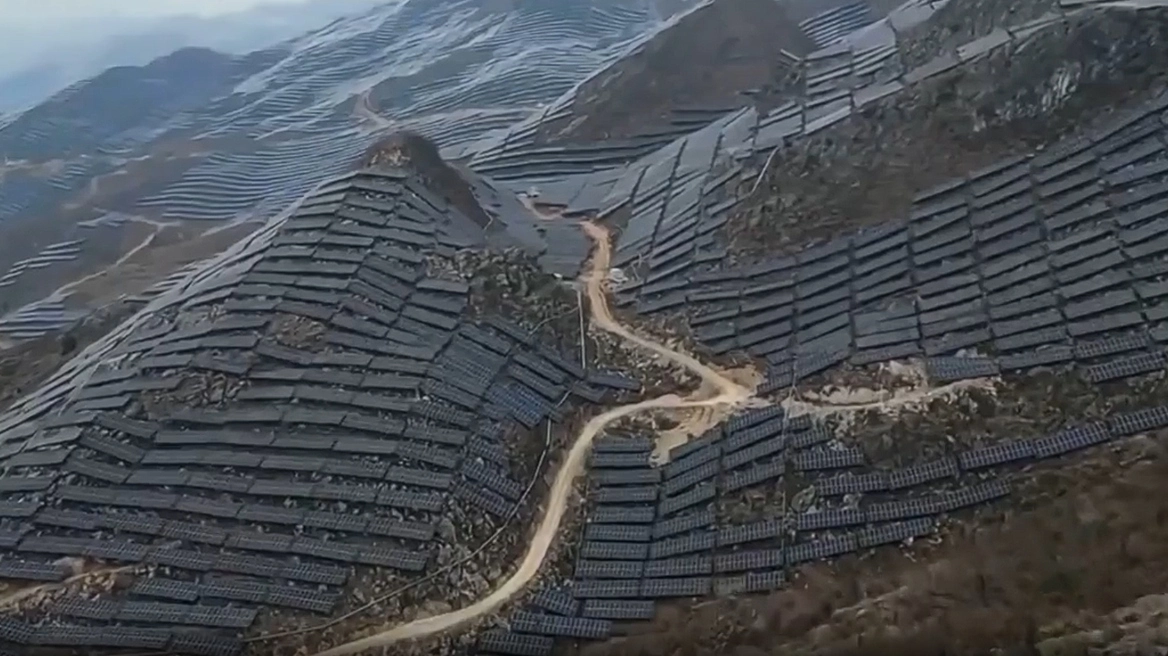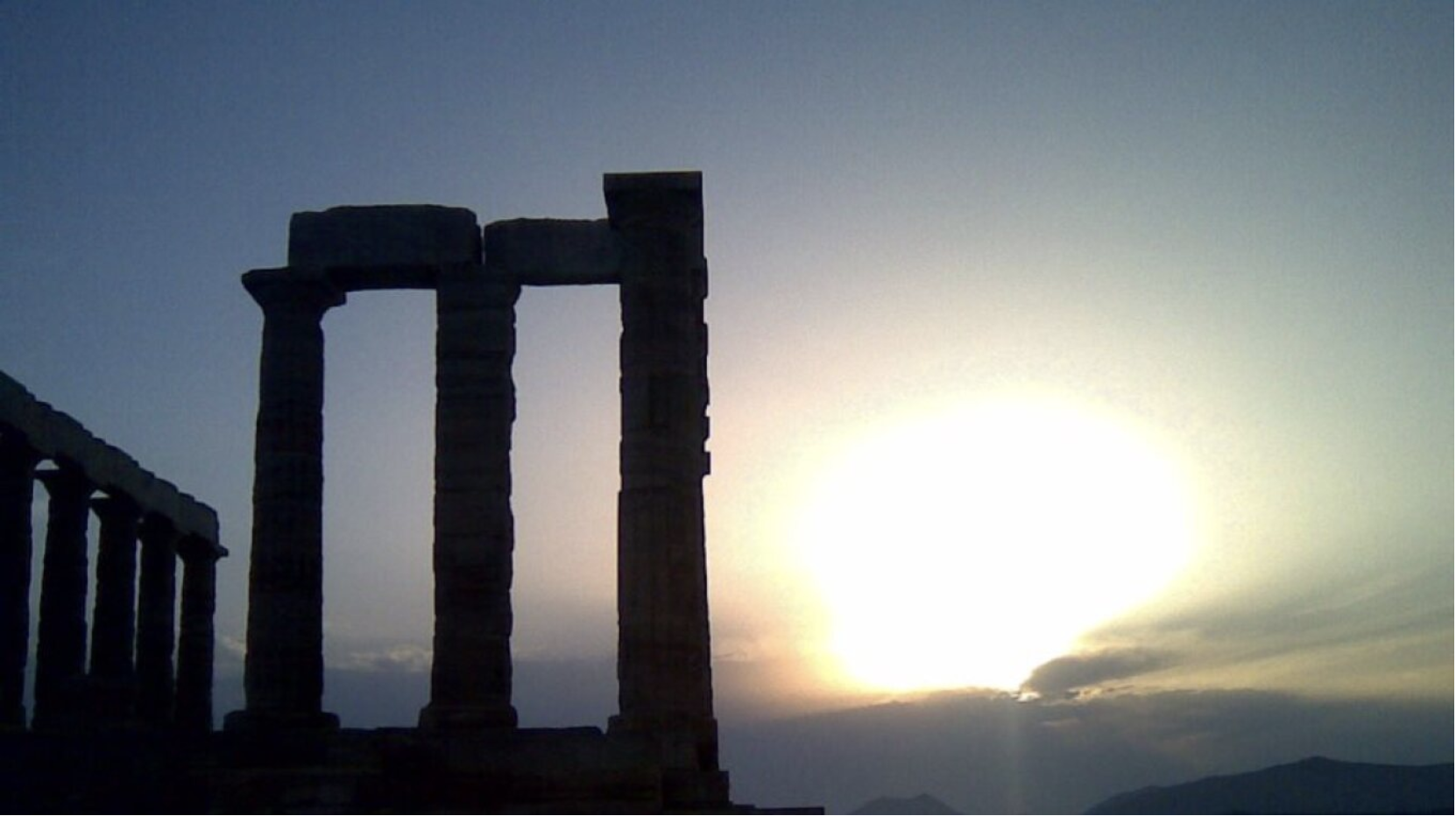Monemvasia’s castle town is truly captivating: perhaps the best and most beautiful in Greece. Not only because it is clean, well-maintained, and genuinely preserved—without any barbaric interventions—but mainly because it is lively and habitable year-round. It provides all the services a visitor needs to enjoy their vacation there.

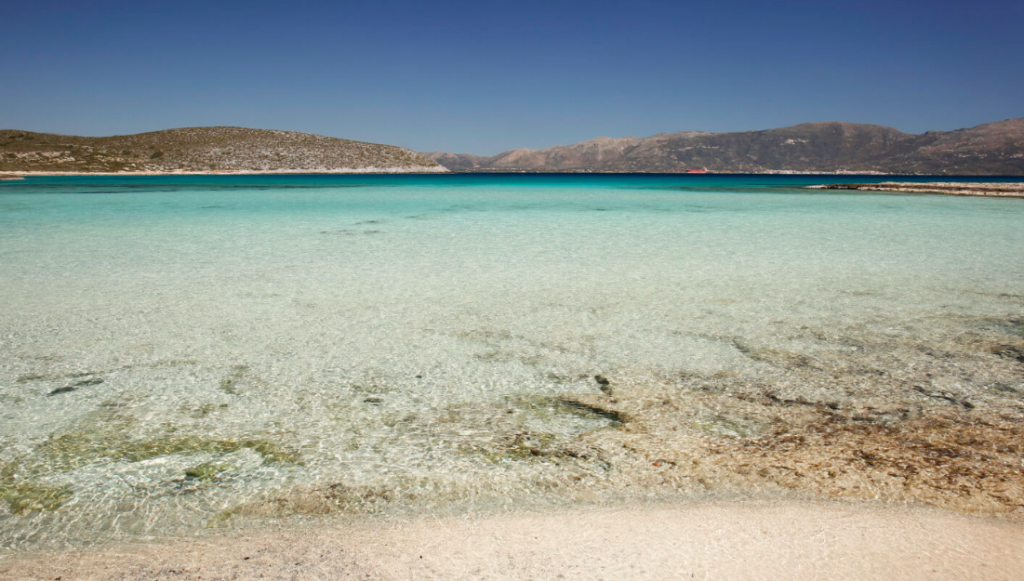
Even if you stay in this Venetian town for just a few days, you will find yourself immersed in its fairy-tale ambiance, soaking up its entire aura. A visit to the house of Yannis Ritsos and the Archaeological Collection will enhance your experience with a cultural touch.
But the wider area of Monemvasia also offers escape opportunities, as many beautiful places spread out around it, making the “package” of visiting even more appealing. We tried to find and experience them up close.
Elafonisos
Elafonisos is a summer destination near Monemvasia that needs no introduction: the charm of this unique diamond island is well known. Access is from Pounta, just a few minutes by ferry, allowing you to bring your car along.
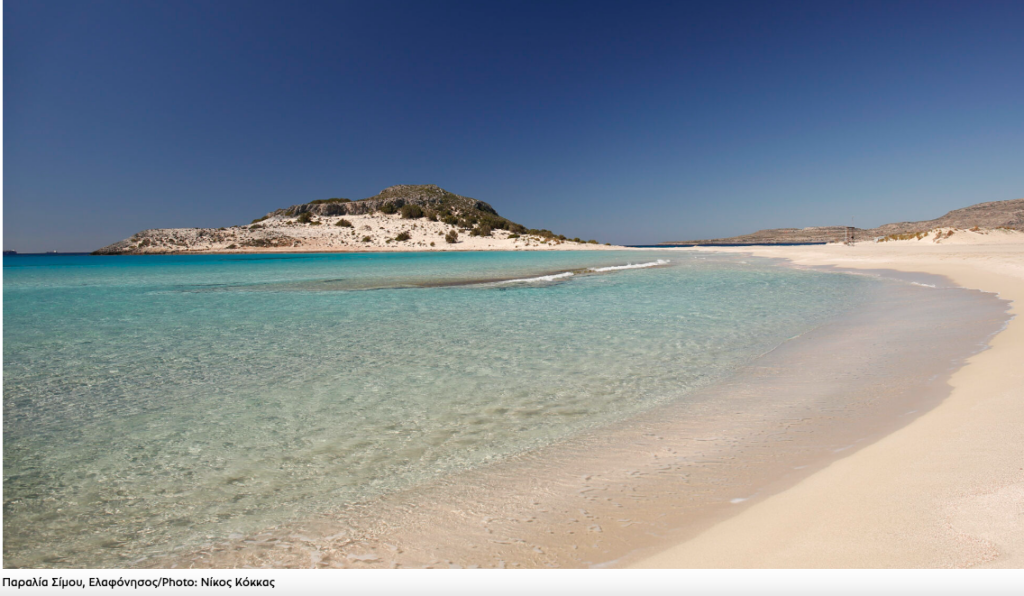
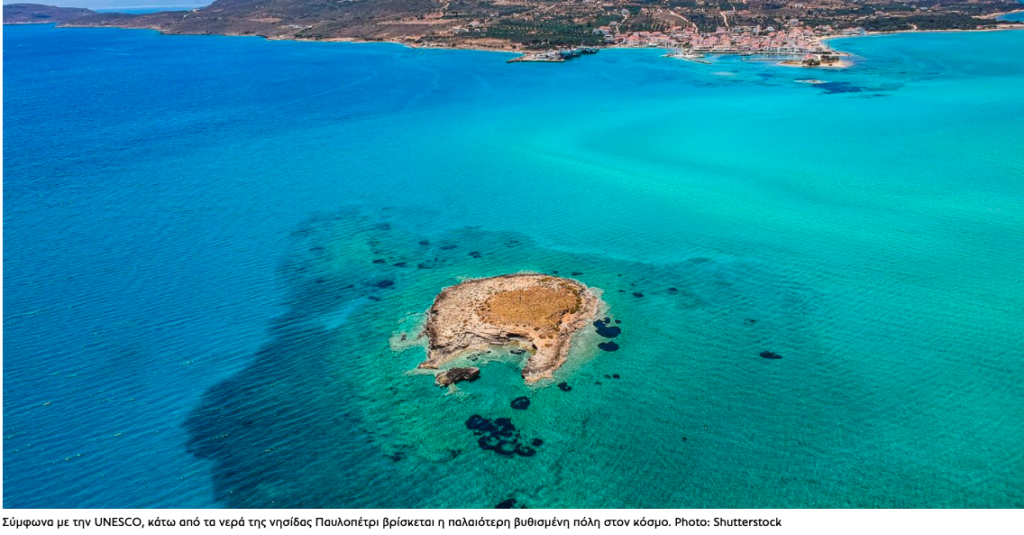
Upon arrival, you will be enchanted by the picturesque harbor, sending you back in time with its boats tied to the dock and fish taverns lining the quay. Fresh fish and other seafood delicacies are a must here.
What takes your breath away, however, is the beauty of the island’s two beaches, Mikros and Megalos Simos. They stand up impressively to all the exotic images we see from the islands of the Pacific and Indian Oceans. Anyone who hasn’t visited them is not only missing out but should definitely make them their next vacation goal. The beaches are vast, almost white, sometimes with tamarisk trees at the edges, dunes and sand hills (where you can find your own secluded spot), and crystal-clear waters in all shades of blue. It is advisable to avoid the period from July 15 to the end of August, as it gets extremely crowded.
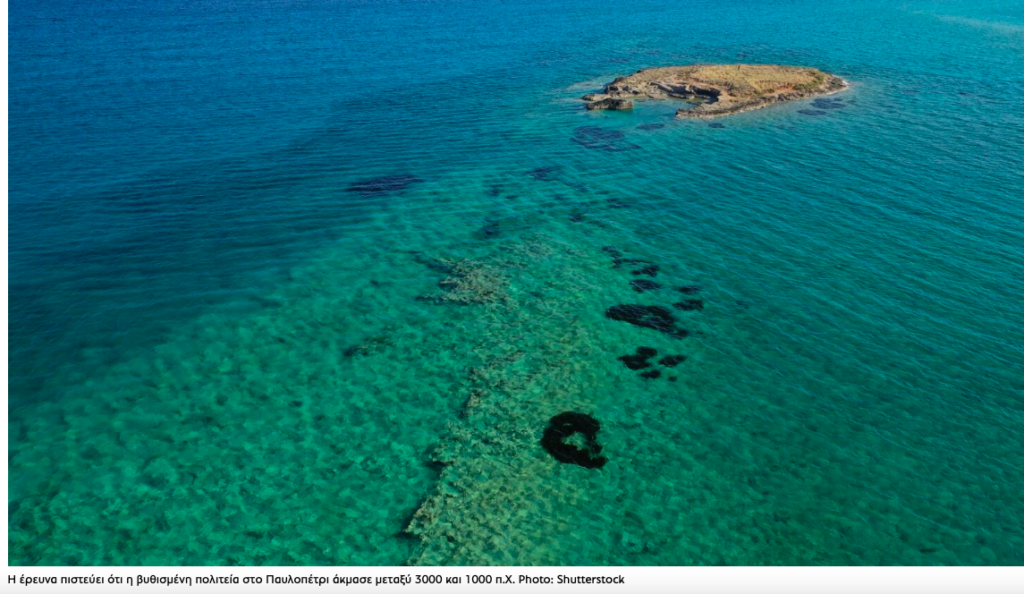
Pavlopetri
Between the beach of Pounta and the islet of Pavlopetri lies a submerged prehistoric settlement with buildings, streets, squares, and tombs. It is the oldest complete underwater city ever found.
At only 3 to 4 meters deep, its area is estimated at approximately 50,000 sq.m. Research suggests that the sunken city in Pavlopetri flourished between 3000 and 1000 BC, but its foundation is even older—UNESCO recognizes it as the world’s oldest known submerged city.
Kastania Cave
If not the most beautiful, it is certainly one of the most beautiful caves I have visited—with rare beauty and incredible grandeur. The density and variety of shapes, colors, and forms are extraordinary. Experts rank it second in Europe for its type, estimating that nature took 3 million years to create the incomparable spectacle we see today.
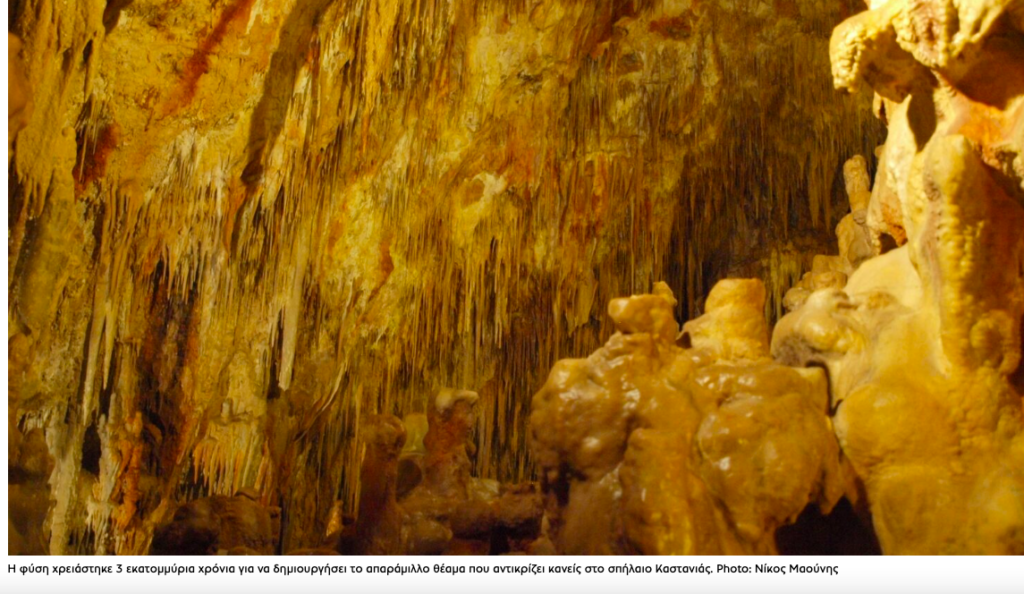
Combining this beauty with your imagination makes you believe you’re moving among towering red and white waterfalls, giant columns, colorful curtains and sheets, huge mushrooms, corals, birds, and even ancient Egyptian forms.
The area of Kastania Cave covers 1,500 sq.m., divided into two levels, with a 500-meter pathway for visitors. Rare formations such as discs, flat stalagmites, eccentrics, and helicites leave you speechless.
There is a refreshment area outside, and a short distance away is the small church of Saint Andrew, marked by pirate and conqueror passings. The route to the cave starts from Neapoli, passing through Lachi (Kalenia) and Paradise, ending in Kastania—reachable within 30 minutes. It is a beautiful and impressive journey, with steep mountains, gorges, and descents to pristine beaches.
Gerakas Bay
Another destination that could make for a trip from Monemvasia is Gerakas Bay. Its peculiarity is that when you arrive, you will think you are at a lake, as it is an entirely enclosed small port, which is actually a fjord.
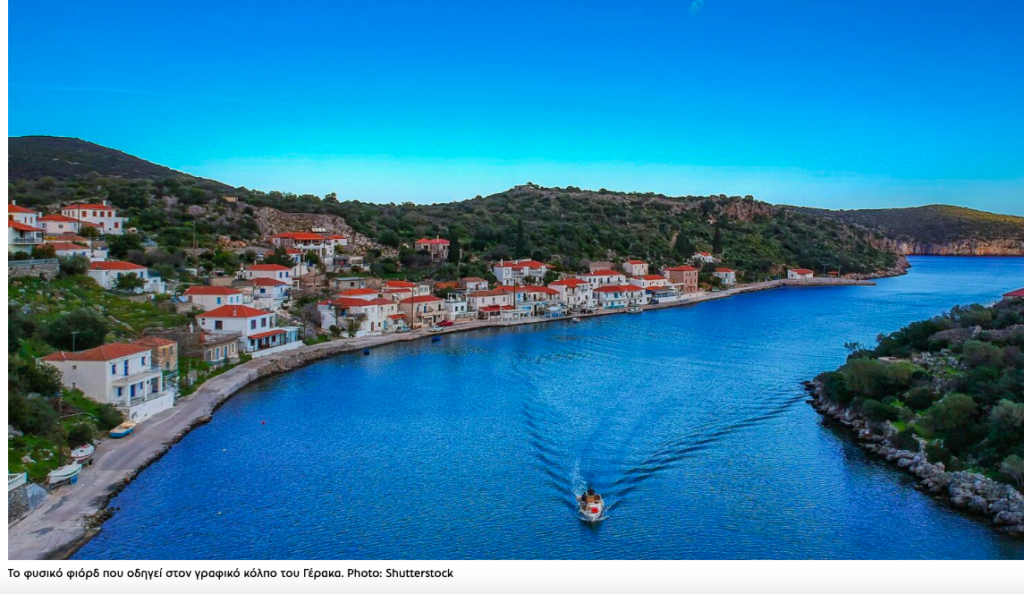
Picturesque, quiet, and nostalgic, Gerakas Bay is perfect for a day trip from Monemvasia. It also offers good food options, almost on the water.
To fully enjoy the fjord leading to this beautiful natural bay, it is best to have a boat. The sea route from the outer side of the Peloponnese to here is magical.
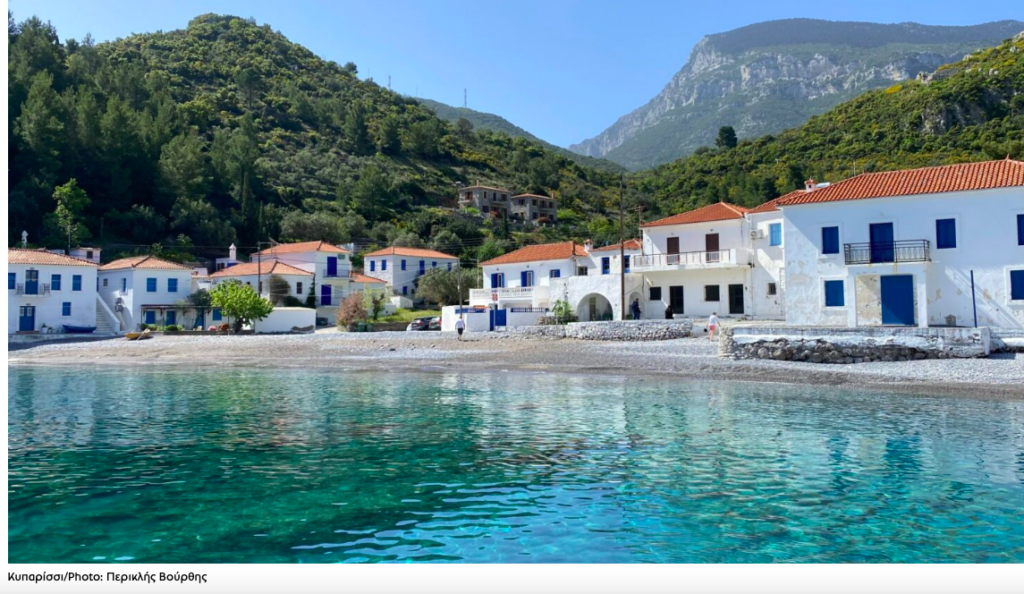
Kyparissi
If you’re up for it, the road from Gerakas continues to another very beautiful bay in the area—Kyparissi. Approaching, it is worth stopping at Stavros to enjoy the view, with the mountain mass of Parnon plunging into the sea as if cut with a knife.
Descending, you will find yourself in a settlement that resembles the Aegean, with spotless streets, whitewashed yards, and tiled houses creating the scene. The two large beaches in front of the village turn the place into a small retreat.
You will find accommodation options in Kyparissi if you want to stay for a few days, as well as tavernas and some well-established restaurants. For those into hiking and climbing, the mountain mass of Parnon behind the settlement is ready to satisfy you.
Marathias Beach
Another attractive destination in the area is Marathias Beach, accessible via a road starting from the village of Elika.
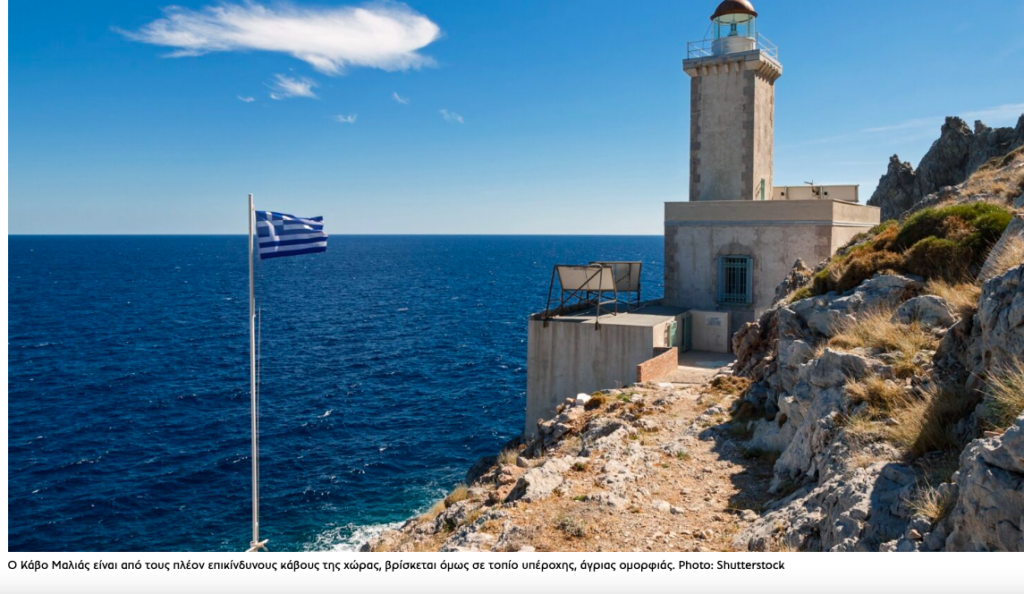
With Panariti at one end, golden sand, and clear, shallow waters, suitable for children, everything at Marathias is ready to welcome holidaymakers.
Velanidia – Cape Maleas
Lastly, for the more adventurous, a trip to the edge of Cape Maleas will bring you to a rare geological site (also a geopark) of unique wildness. Here you will find the village of Velanidia: picturesque, all-white, tiled, amphitheatrically built on a lush hillside. A place for climbing and hiking, with one route leading to the renovated lighthouse of the cape, built in 1883.
To get there, you will pass the church of Panagia Dekapentristra and follow the dirt road. In 1.5 kilometers, it leads to the chapels of Saint Thomas and Saint Myron. From there, heading east towards the sea, a path starts which, in an imposing setting with views of the open sea, reaches the Maleas lighthouse (Cape Maleas): one of Greece’s most dangerous capes, in a landscape of wonderful, wild beauty.
Of course, if you don’t want to follow these “difficult” routes, you can always enjoy lounging on the large, pebbly beach right next to the port of Velanidia.
Ask me anything
Explore related questions
